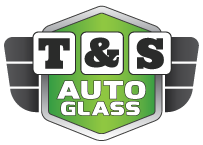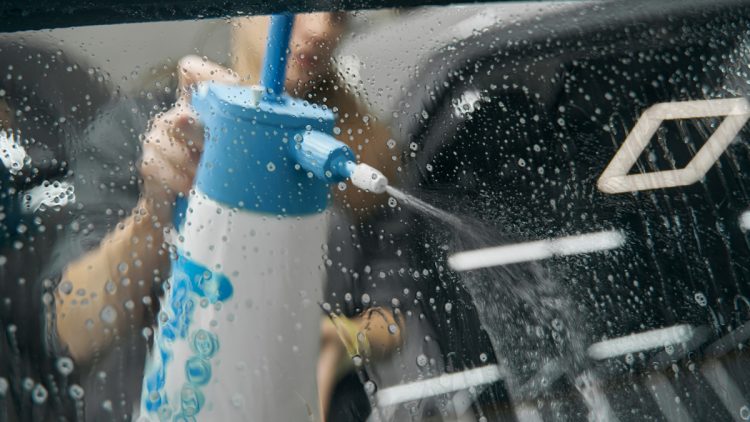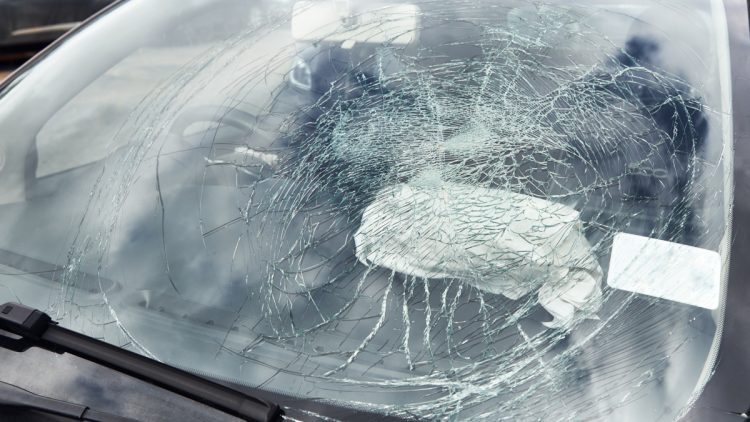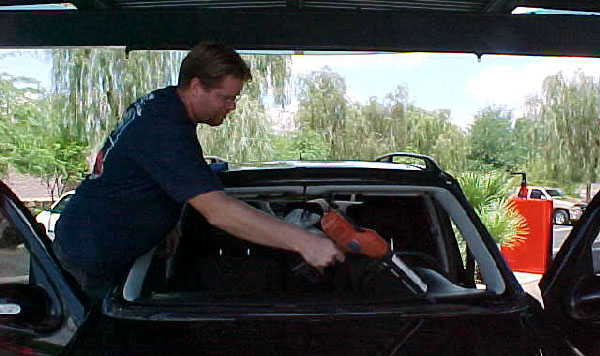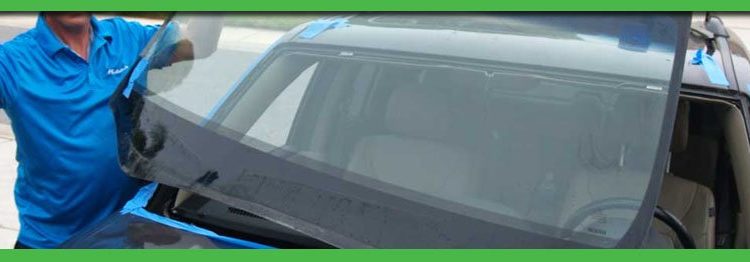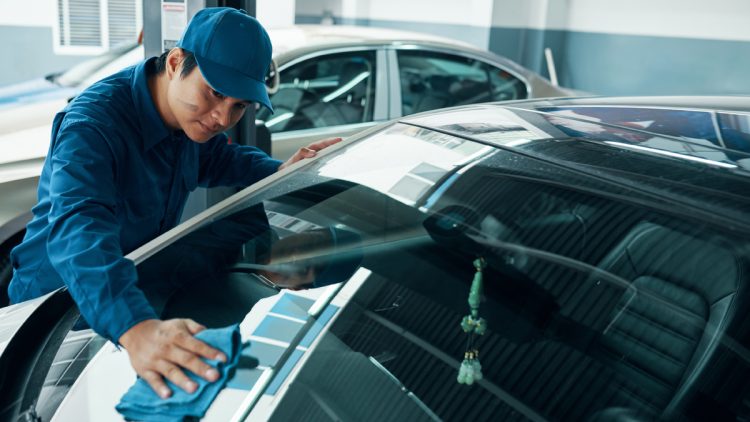How To Remove Water Spots From Auto Glass
How To Remove Water Spots On Auto Glass
Use any of the following four cleaning processes to remove any stubborn, hard water stains from your vehicle’s glass.
Method 1. Baking Soda And Water
- Use baking soda and a small amount of water to create a paste for this process.
- Apply this paste to a cloth and begin scrubbing the glass vigorously.
- This allows the abrasive granules of the baking soda to remove any hard water spots.
- Rinse the glass completely with water.
- Now use glass cleaner and a newspaper to properly remove all streaks and residue from the glass.
Method 2. Vinegar And Water
- Since the minerals featured in hard water are alkaline in nature, the acid in vinegar will neutralize them.
- Spray your glass with a solution made up of equal parts white distilled vinegar and water.
- Saturate the areas with the most buildup thoroughly.
- Let the solution sit for a few minutes.
- Re-spray the solution while it sits.
- Wet a rough towel with the solution and scrub the glass.
- Dry the window with a paper towel or soft cloth.
- Repeat the process in the event there are any water spots left behind.
Method 3. Lemon
- For this process, fresh lemon juice will work better than the bottled kind.
- Squeeze the juice directly into a spray bottle and apply it with the help of a towel.
- You could also rub the lemon directly onto your glass.
- Wipe up any juice that may be left behind with a paper towel or soft cloth.
- Finish the process with a spray of glass cleaner.
- Wipe the cleaner away with a newspaper to keep the glass streak-free.
Method 4. Store-Bought Cleaning Products
- Of course, commercial products designed to remove water spots are always available for purchase.
- These products are typically sold at local hardware stores.
T&S Auto Glass Offers Replacement Sunroofs and Moonroofs in Chandler
When you’re looking for the best windshield repair & replacement in Phoenix, T&S Auto Glass is here to help! We offer mobile windshield repair anywhere in the Phoenix Valley for your convenience and at our shop in Chandler, AZ. If you’ve got a cracked windshield, chipped windshield, or need any other type of auto glass repair service call our friendly and professional team.
